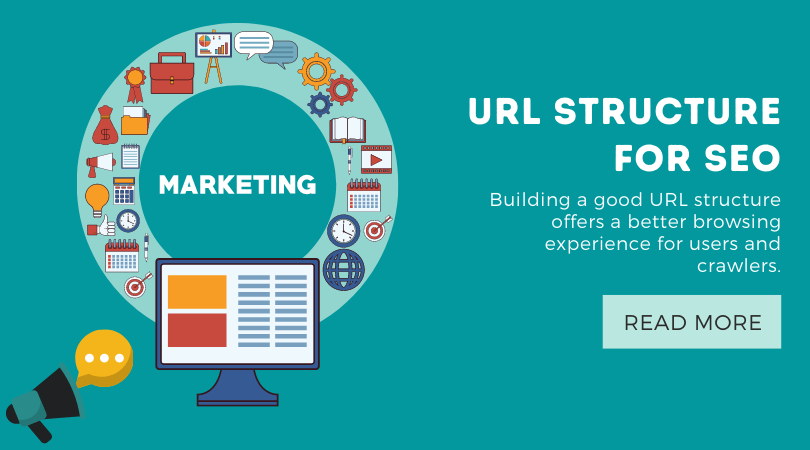6 SEO Best Practices for Structuring Website URLs
It's been an extended time since we covered one among the foremost fundamental building blocks of SEO—the structure of domain names and URLs—and i feel it's time to revisit. But, a crucial caveat before we begin: the optimal structures and practices i will be describing within the tips below aren't absolutely critical on any/every page you create.
#1: Whenever possible, use one domain & subdomain
It's hard to argue this given the preponderance of evidence and samples of folks moving their content from a subdomain to subfolder and seeing improved results (or, worse, moving content to a subdomain and losing traffic). Whatever heuristics the engines use to guage whether content should inherit the ranking ability of its parent domain seem to possess trouble consistently passing to subdomains.
That's to not say it can't work, and if a subdomain is that the only way you'll found out a blog or produce the content you would like , then it's better than nothing. But your blog is way more likely to perform well within the rankings and to assist the remainder of your site's content perform well if it's all at once on one sub and root domain.
#2: The more readable by citizenry , the higher
It should come as no surprise that the better a URL is to read for humans, the higher it's for search engines. Accessibility has always been a neighborhood of SEO, but never more so than today, when engines can leverage advanced user and usage data signals to work out what people are engaging with vs. not.
#3: Multiple URLs serving an equivalent content? Canonical
If you've got two URLs that serve very similar content, consider canonicalizing them, using either a 301 redirect (if there is no real reason to take care of the duplicate) or a rel=canonical (if you would like to take care of slightly different versions for a few visitors, e.g. a printer-friendly page).
Duplicate content isn't an enquiry engine penalty (at least, not until/unless you begin duplicating at very large scales), but it can cause a split of ranking signals which will harm your search traffic potential. If Page A has some quantity of ranking ability and its duplicate, Page A2, features a similar quantity of ranking ability, by canonicalizing them, Page A can have a far better chance to rank and earn visits.
#4: Exclude dynamic parameters when possible
If you'll avoid using URL parameters, do so. If you've got quite two URL parameters, it's probably worth making a significant investment to rewrite them as static, readable, text.
Most CMS platforms became savvy to the present over the years, but a couple of laggards remain. inspect tools like mod_rewrite and ISAPI rewrite or MS' URL Rewrite Module (for IIS) to assist with this process.
Some dynamic parameters are used for tracking clicks (like those inserted by popular social sharing apps like Buffer). generally , these don't cause an enormous problem, but they'll bring somewhat unsightly and awkwardly long URLs. Use your own judgement around whether the tracking parameter benefits outweigh the negatives.
#5: Shorter > longer
Shorter URLs are, generally speaking, preferable. you do not got to take this to the acute , and if your URL is already but 50-60 characters, don't be concerned about it in the least . But if you've got URLs pushing 100+ characters, there's probably a chance to rewrite them and gain value.
This isn't an immediate problem with Google or Bing—the search engines can process long URLs without much trouble. The issue, instead, lies with usability and user experience. Shorter URLs are easier to parse, to repeat and paste, to share on social media, and to embed, and while these might all add up to only a fractional improvement in sharing or amplification, every tweet, like, share, pin, email, and link matters (either directly or, often, indirectly).
#7: Match URLs to titles most of the time (when it makes sense)
This doesn't mean that if the title of your piece is "My Favorite 7 Bottles of Islay Whisky (and how one among them cost me my entire Lego collection)" that your URL has got to be an ideal match. Something like
apptechmobile.com/design
would be just fine. So, too would
apptechmobile.com/branding/design
or variations on these. The matching accomplishes a mostly human-centric goal, i.e. to imbue a superb sense of what the online user will find on the page through the URL then to deliver thereon expectation with the headline/title.
It's for this same reason that we strongly recommend keeping the page title (which engines display prominently on their search results pages) and therefore the visible headline on the page an in depth match as well—one creates an expectation, and therefore the other delivers thereon .


Leave a comment
Your email address will not be published. Required fields are marked *